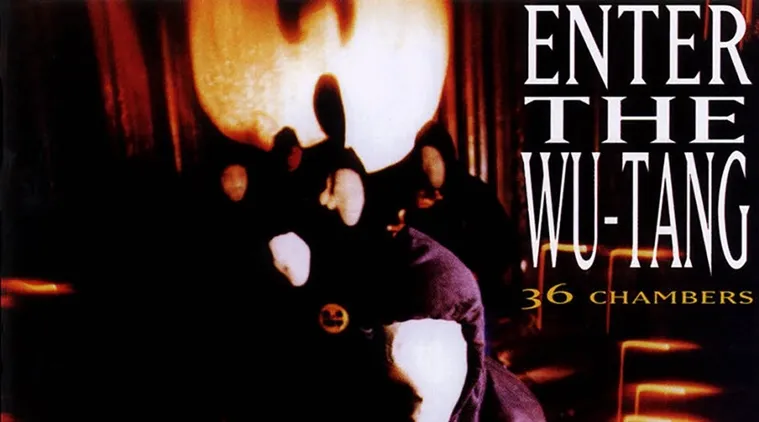Click here to follow Screen Digital on YouTube and stay updated with the latest from the world of cinema.
Have you heard Wu-Tang Clan’s Enter the Wu-Tang (36 Chambers)?
The Wu-Tang Clan's music is not for everyone, but for those who appreciate clever wordplay and flow that gets in your face, this album is definitely worth taking the time to listen to.
 Enter the Wu-Tang (36 Chambers) released on November 9, 1993.
Enter the Wu-Tang (36 Chambers) released on November 9, 1993.
The ‘Have you heard’ series is a look into significant albums across multiple genres. We will explore what made these albums tick and why they’re worth listening to today.
The Wu-Tang clan is one of Hip-Hop history’s foremost collectives. They are widely regarded as having set the standard for what a collective should be. Their first album Enter The Wu-Tang (36 Chambers) cemented their place as Hip-Hop’s most creative and lyrically potent group, a reputation that stands even today.
For the uninitiated, the Wu-Tang Clan is a hip-hop collective from New York that was formed in the early 90s. There are nine original members, each of whom is involved in the production of the music for the collective’s albums as well as the rapping. Each member has gone on to have a prolific solo career, often working with members from the collective to make those records. Wu-Tang was New York’s answer to hip-hop coming out of the West Coast. Dr. Dre and Snoop Dogg had somewhat of a monopoly on Hip Hop when 36 Chambers released. That album has since gone on to be a major influence on everyone from the Notorious B.I.G to Jay-Z to Kanye West. Your favourite rapper’s favourite rapper may very well be one of Wu-Tang’s original nine.
The first thing you will notice when you listen to the album is that there’s a sample from an old Kung-Fu film. This is a recurring theme throughout the album and the de-facto leader of the clan, RZA, has previously said that the group’s name comes from those films. The opening track, “Bring da Ruckus” sets the tone for the rest of the album. Kung Fu movie samples, sped up Soul music samples, and razor-sharp lyrics and flows to match are what you can expect throughout the album. Songs like “Wu-Tang 7th Chamber” exemplify this approach incredibly well. The intro skit should tell you about what the collective’s life was like just as much as their lyrics do.
But these songs aren’t the reason why this album is as popular as it is. The album’s true peak comes when you reach track six. “Da Mystery of Chessboxin'” is one of the two songs that make this album what it is. The plucked synth in the back accentuates relentless flows from two of the clan’s most underrated members, U-God and Masta Killa. The album doesn’t see much of those two members but this showcase is both MCs at their absolute best. One track away from “Chessboxin'” is “C.R.E.A.M,” arguably Wu-Tang’s most famous song. “C.R.E.A.M” is often interpreted as an anthem to making money and getting rich. This reading of the song’s lyrics completely misses the themes of poverty and doing what you have to in order to survive. It is not an ode to a capitalist order and more a brazen indictment of the system. Moments like this have ensured that this album casts a long, long shadow over the rest of their work. How, after all, do you capture lightning in a bottle twice?
The Wu-Tang Clan introduced their abrasive selves to the world with Enter the Wu-Tang (36 Chambers). Their music is not for everyone, but for those who appreciate clever wordplay and flow that gets in your face, this album is definitely worth taking the time to listen to.
- 01
- 02
- 03
- 04
- 05


































